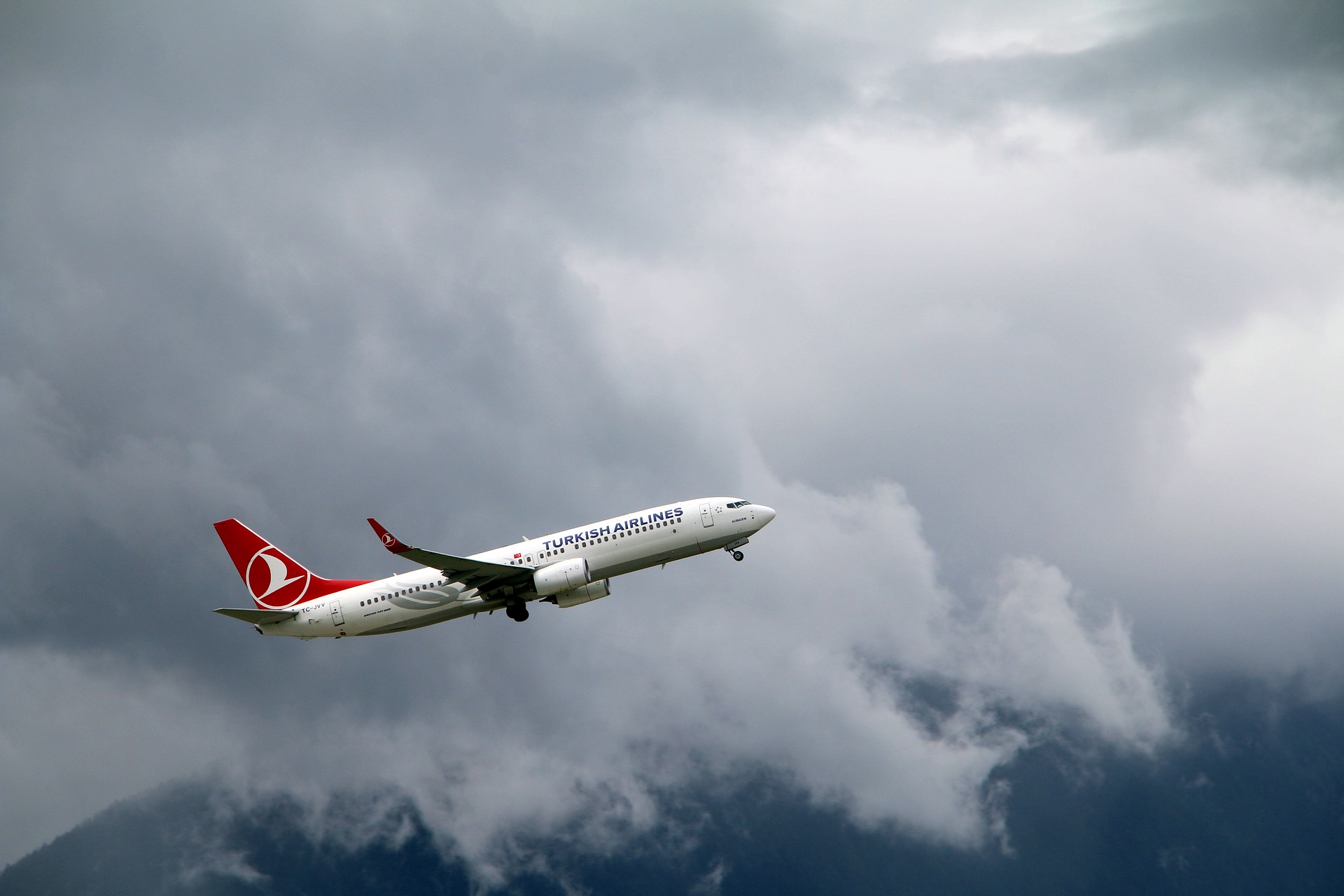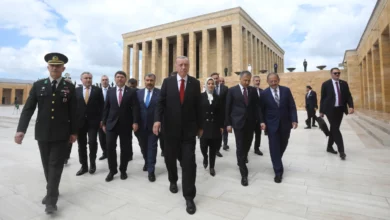ISTANBUL – Istanbul's SALT Art Institute has, according to a recent interview with Research and Programs Director Vasif Kortun, one primary goal: "to stand for innovation and change." This was apparent last week, when the art space, which has occupied its five-story location on upscale Istiklal Street since 2006, hosted a program called "Becoming Istanbul: The Making of Beyoglu." For some, the exhibition – on the circuitous, ambitious, and sometimes-questionable evolution of Istanbul's hippest neighborhood – might have begun even before passing through SALT's enormous front doors. Istiklal Street, after all, was not always so tony, and in many ways SALT's very existence – a glamorous art space between shoe shops in what was once the city's drug den – is the most telling piece in its own exhibition about urban planning, gentrification and change.
The exhibition’s first floor was decorated with a large wooden map of the city; the buildings and blocks penciled onto the light surface rose and fell in accordance with Istanbul's notoriously frequent and extreme hills. The brave scaling of the model hills by some gallery-goers, along with oversized tables and bright-colored chairs pushed along the back wall, gave SALT the feeling of a children's museum after hours. It may have been the educational drive, as SALT is offering 90 days of related workshops, and discussions set to take place in the same space as the exhibition. But it may also have been the large wooden blocks strewn across the floor.
On the wall hung stories. One told the tale of Beyoglu's Emek Cinema, a cinema as old as modern Turkey itself. One of the last remaining "movie palaces," the beloved structure fell victim to the tribalism of urban gentrification in 2010. At the end of the text, SALT posed the question: How should the building be used? The questions were meant to inspire conversation, and people were talking.
Elsewhere, SALT asked, regarding the renovation in Beyoglu, "What other strategies could be developed to improve and sustain Beyoglu's social and physical patterns?" In a real display of how easily people adapt to changes in their home environment, a group of young girls sat themselves comfortably on one of Beyoglu's small, wooden hills, and began to gossip.
One floor up, the experience was just as immersive. On one side, flat-screen televisions of different sizes hung from the walls and ceilings; before seeing the images, a visitor saw their eerie glow projected onto the faces of rapt viewers. Near a staggered stack of boxes, which spelled out "Istanbul" and which people seemed to enjoy posing next to, the televisions were explained: They displayed an archive of video footage relating to the making of modern Beyoglu, an ongoing SALT project which will remain available online and open to submissions.
Unlike traditional archives, which file content according to neutral and practical descriptors, the videos in SALT's archive are organized by keywords, which were themselves meant to provoke. A video about a local Saturday bazaar was filed under "restructuring," "juxtaposition," "institutionally," "rehabilitation," "prejudice," and "preservation." Another, about the demolition of a neighborhood, was described by "hygiene," "annihilation," "settlement," "promise," "contradiction," and "pledge." Viewers could select keywords to change the descriptive combination and the menu of applicable videos. A video called "Scary Asian Man" was found under "isolation," "prejudice" and "silence."
Although more explanation about the selection of keywords would have gone a long way toward illuminating SALT's intent (and clarifying our takeaway), the video archive was the exhibition's most compelling selection. It said a lot about how we receive information. Much like seeing the frozen faces of a television viewer before seeing what's being viewed – or like favoring undefined progress over the details of the change – the system of loaded keywords reversed a viewer's usual experience, placing reaction before content. And, even stripped of the innovative archiving, the videos had something else to offer: permanence. When a city changes as quickly and severely as Istanbul seems to, an image of a long-lost building is likely more permanent than the building that replaced it, and the video of it being razed is solid evidence.
To the right of the viewing room, visitors navigated a room full of hanging vertical banners, each crammed with phrases like "Hazard is an everyday practice" and "Incoherence and Istanbul share the same initial." At the end of the corridor of banners, a large screen displayed the same keywords as from the archive, all trapped in blue circles which were forming and reforming into clusters like bunches of balloons. One pair of young American men compared it to a Department of Defense flow chart. He could be forgiven; although an evocative tool in archiving video, the words in that room appeared to be doing little more than filling space. The educational imperative of SALT is a worthy one, and the video archive spectacular in documenting change, but it was a little hard to know for sure where "Becoming Istanbul" was coming from.




